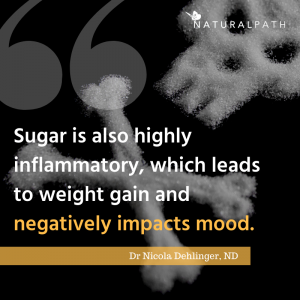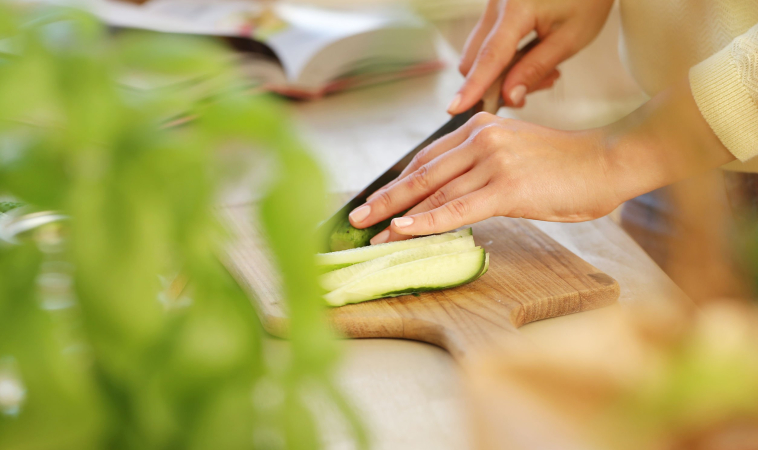With all the diet fads and advice out there, many of my patients are overwhelmed by simply deciding what to eat each day. I have found that sticking to a few simple guidelines has made all the difference in eating a healthy diet in a way you can sustain over a lifetime.
Sticking to a few simple guidelines may make all the difference
Step 1: Eliminate all flour
It doesn’t matter if it’s gluten-free, organic or paleo – once the wheat, nuts, seeds or roots are ground up and exposed to air, they lose a lot of the nutrition from oxidation and exposure to light. Foods we turn into flour go to great lengths to product their soft inner “meat” from light – most have a hard shell and then have a dark skin covering the nutrient-dense food on the inside. Nature is brilliant in creating nuts, seeds and grains in this way – it’s a perfect built-in protection.
To extend shelf-life, commercially milled flours remove the germ which contains nutritious oils, vitamins and minerals. This also increases their glycemic impact, more likely impacting weight gain and dysregulating blood sugar. Baking flour products at high heat ruins the healthy fats that are potentially in the food in its natural state. An in-between step would be to freshly grind or mill your own flours and use that flour immediately to preserve some of the nutrition.
 Step 2: Eliminate refined sugar
Step 2: Eliminate refined sugar
While this may seem like a no-brainer, this is a huge stumbling block for many people. Most of us know that refined sugars do not bring any nutrition to the table. What you may not realize is that your body still requires certain vitamins and minerals to process sugar, so those nutrients are robbed from your body to assimilate the sugary treat. Therefore, refined sugar is actually a double whammy – it brings nothing to the table and steals from the healthy food you might have consumed earlier in the day. Sugar is also highly inflammatory, which leads to weight gain, and negatively impacts mood. A good place to get started might be to use sugars with more nutrition like coconut palm sugar, raw honey, or maple syrup.
Step 3: Stress less
When we get stressed out about food (or anything, really), cortisol production is stimulated in the body, which works against insulin and wreaks havoc on our blood sugar, messing with our metabolism. Not only does that cause more inflammation in the body, it actually programs us to seek out foods that are higher in calories while storing excess fat. Making changes one step at a time while focusing on what you feels good to you in the process. Think about the abundance of foods you do want to eat, rather than what you want to eliminate. A deprivation mindset never works!
Slow down and listen to your body
When you really desire to connect to the best foods that enrich and fulfill you, slowing down and listening to your body is the only guide you’ll need. Because you know how you feel when you eat foods that aren’t truly nourishing – crabby, depleted, and unsatisfied. Maybe even bloated. Your body is here to direct you to exactly the right diet for you!

Dr Nicola Dehlinger, ND, graduated from SCNM in 2004. Dr Nicola sees clients from around the world in her naturopathic medical practice, Pura Vida Natural Healthcare, in Durango, CO. She is an expert in the treatment of anxiety, depression, and insomnia. She is able to minimize supplements and medications as her patients become empowered to heal themselves. In addition to seeing clients, Dr Nicola leads group and private retreats. She also teaches a variety of online and in-person classes. In her free time, you can find Dr Nicola in the mountains or the kitchen, enjoying time with her husband, son, and their dogs. Website: www.puravidahealthcare.com

















